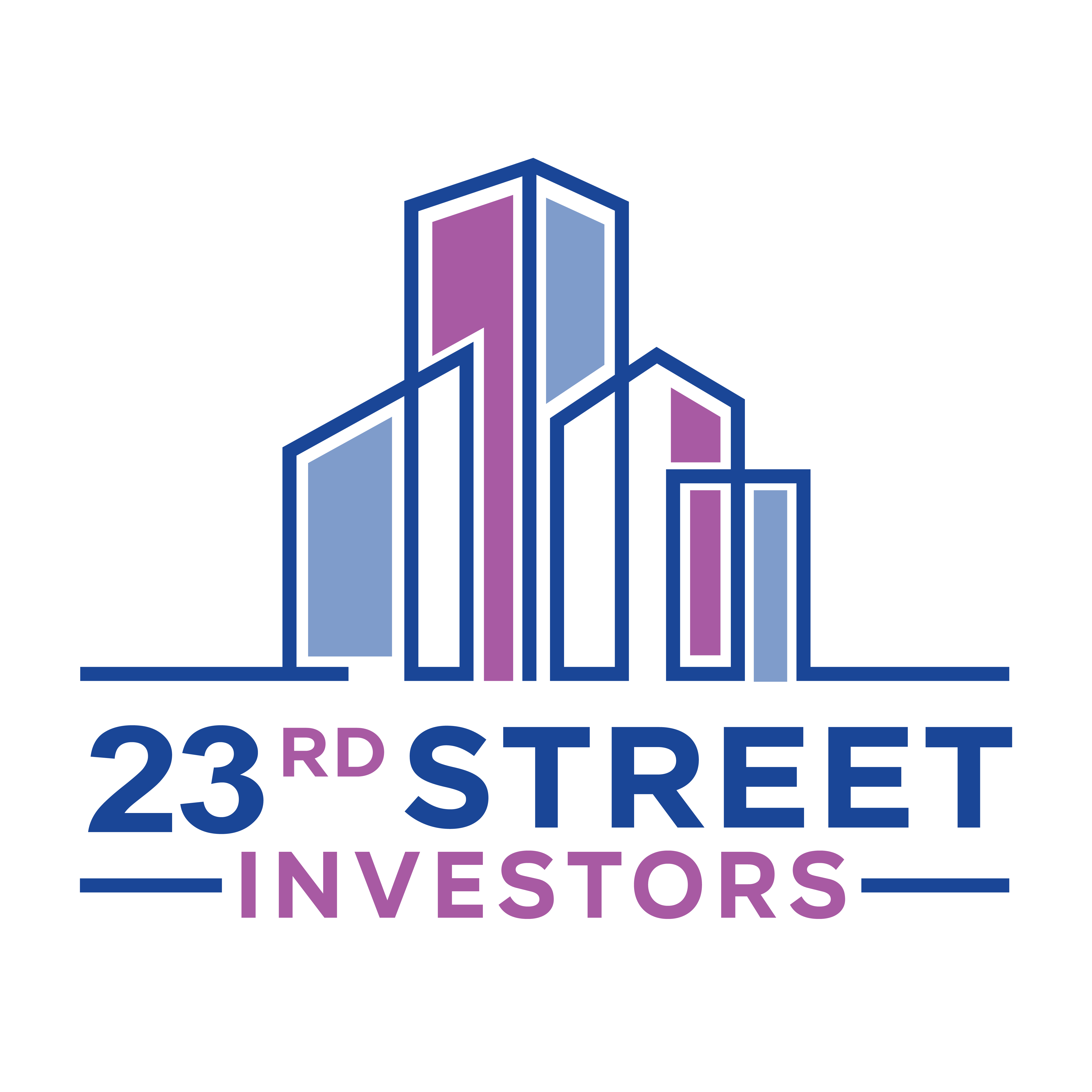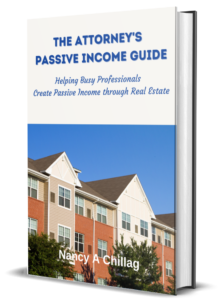In the intricate world of commercial real estate investments, few factors hold as much sway as interest rates. These rates can be the tide that either lifts or dampens the fortunes of investors.
For passive investors looking to grow and protect their capital in commercial real estate and alternative assets, comprehending the influence of interest rates is helpful.
In this article, we’ll dive into how high-interest rate environments can ripple through the commercial real estate market and share insights on mitigating their potential impacts.
Understanding the Ripples of High-Interest Rates
In commercial real estate, the ebb and flow of interest rates can be a game-changer. This first section unveils the intricate dance between high-interest rate environments and the commercial real estate market. Interest rates can act as a powerful lever, affecting leveraged returns, construction dynamics, property acquisition, and even yield targets.
- Leveraged Returns and Borrowing Costs:
Leverage is a cornerstone of many real estate investments, amplifying returns. However, when interest rates climb, the cost of borrowing money to develop or purchase properties increases. This elevated cost creates a double-edged effect – developers and investors face pricier leverage, leading to lower potential returns and a subsequent dip in demand for new projects.
- A Slowdown in Construction and Development:
As interest rates soar, the construction and development of new properties often experience a slowdown. Developers become cautious, hesitant to shoulder the heightened financial burden and project risks that accompany elevated interest rates. Consequently, the momentum of creating new real estate assets can be dampened.
- Impact on Asset Acquisition:
The impact of high interest rates extends to acquiring new assets. Increased borrowing costs make it more expensive for investors to secure funds for acquisitions. This scenario leads to a reduction in purchasing power and potentially fewer investments. The simple equation holds: higher debt payments mean diminished returns on each dollar invested.
- Yield Targets and Property Values:
Investors in commercial properties typically have specific yield or cash-on-cash return targets. When interest rates climb, meeting these targets becomes challenging. To compensate, the only lever left to pull is a decrease in property values. The cumulative effect of reduced demand, fewer construction projects, and less competitive bidding can transform a seller’s market into a buyer’s market.
Navigating High-Interest Rates as an Investor
As a passive investor ready to invest, proactively navigating the impact of high-interest rates is essential. The following strategies could help to empower investors to remain resilient in the face of interest rate fluctuations. Explore the art of structuring deals with foresight, prioritizing stable cash flow, focusing on markets with economic robustness, and diligently monitoring the broader economic landscape. By embracing these strategies, you can more confidently steer your investments toward success.
- Mindful Deal Structuring
When evaluating potential investments, assess whether the deal remains viable under the current interest rate environment. Consider if a planned refinance when borrowing costs drop could make sense for your strategy.
- Stable Cash Flow Focus
Prioritize properties that generate consistent cash flow, particularly those leased to creditworthy tenants or situated at higher cap rates. These properties are better positioned to cover the interest rate spread and cushion against potential impacts.
- Market Resilience
Invest in markets with robust economic fundamentals. These regions tend to withstand market swings more effectively, offering greater resilience against interest rate-induced volatility.
- Economic Climate Monitoring
Stay attuned to the broader economic climate and interest rate projections from the Federal Reserve. These insights can reshape your underwriting strategy, ensuring it remains adaptable to changing market dynamics.
Harmony Heights: A Hypothetical Example
Let’s take what we’ve learned and apply it to a fictitious example of how rising interest rates can impact a multifamily investment.
In the vibrant city of Harmonyville, Texas, the Harmony Heights Apartments have proven to be a favored investment opportunity. The elegant complex, nestled amidst the city’s rich culture, was acquired by investors with an astute vision for growth. With a floating-rate loan secured at the inception of the investment, the property was poised for success, aligned with the prevailing market conditions.
Fast forward a few years, and a new challenge emerges – rising interest rates.
As economic dynamics shift, the floating rate loan that initially brought flexibility now presents a fresh set of considerations. With each increase in interest rates, the loan’s servicing costs begin to escalate, subtly impacting the bottom line.
Despite the increased expenses, Harmony Heights Apartments remain a sought-after residence, boasting impressive occupancy rates and consistent rental income. The property management team’s diligence in maintaining tenant satisfaction and preserving rental levels continues to pay dividends. The asset’s performance remains strong, showcasing the enduring demand for quality housing in Harmonyville.
Yet, the impact of rising interest rates cannot be ignored. As servicing costs rise, there is a delicate balance to uphold. While there is still cash flow to support property operations and fulfill debt obligations, there is a need to reduce investor distributions. Owners are also looking ahead at potential preferred equity financing to creatively refinance the property.
In this scenario, proactive communication and transparency emerge as guiding principles. The investors are well-informed about the market dynamics and the implications of the interest rate adjustments. A revised distribution strategy is presented, ensuring that while the distribution might experience a temporary adjustment, the property’s overall health and value preservation remain uncompromised.
In a worst-case scenario, where interest rate fluctuations challenge the property’s operational viability, a well-prepared contingency plan is in place. The sponsor may choose to either bring on a source of preferred equity, or do a capital call to existing limited parter investors. This strategic approach safeguards the investment and aligns with the investors’ shared vision of growth.
Despite the challenge posed by rising interest rates, the property continues to thrive. This scenario underscores the significance of proactive management, adaptable strategies, and investor communication.
Conclusion
High-interest rates wield significant influence over the commercial real estate landscape, exerting their impact on leveraged returns, construction, property acquisition, and more. While these rates can induce short-term fluctuations, a judicious approach can mitigate potential negative effects. Focusing on stable cash flow properties and resilient markets, alongside astute deal structuring, empowers investors to navigate the complexities of high-interest rate environments. Remember, commercial real estate is a long-term venture, and wise strategies will enable you to ride out the tides of short-term fluctuations.


